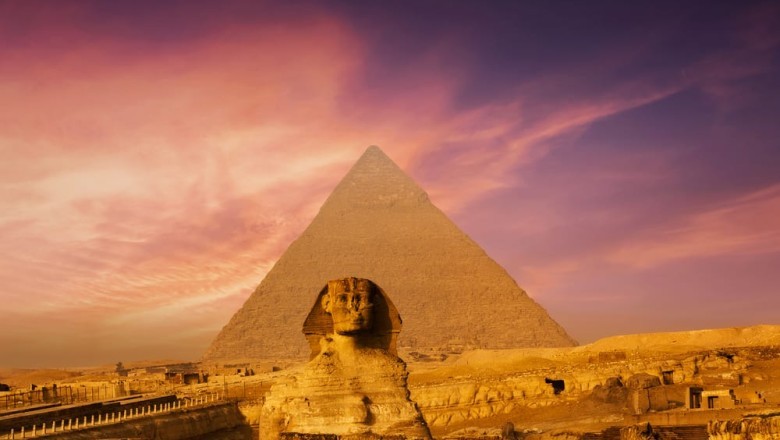
Unearthing the Untold Secrets of the Pyramids: Mind-Blowing Discoveries Revealed!
Did you know this about Pyramids?
Everyone knows about the pyramids. But what do you really know about them? You've seen photos, maybe walked past pyramids while on vacation. You might have even visited the inside of a pyramid.

But what do you know about the secrets of the pyramids? What about the latest findings by researchers that haven't been printed in any textbooks or travel guides?
Eternal secrets
The pyramids in Egypt have been keeping their secrets from us humans for over 4,500 years. They are one of the wonders of the world and also one of the oldest and greatest mysteries of our time.
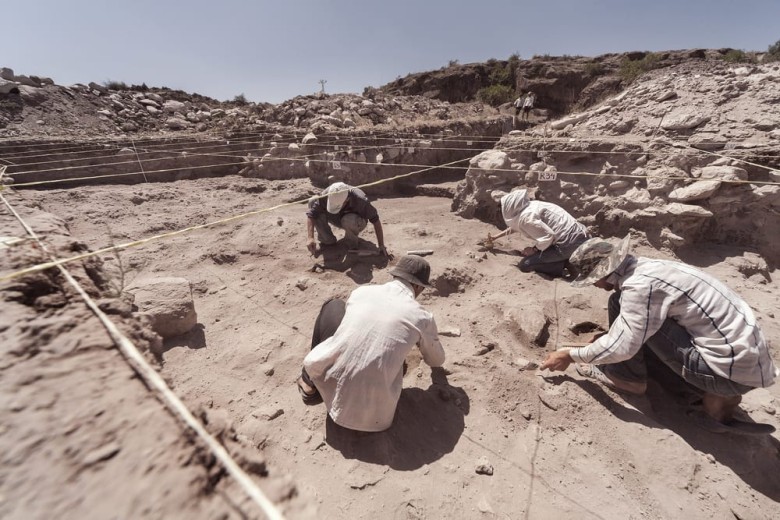
There have been many speculations, but no one really knew exactly how they were built. However, now Egyptian and foreign experts have started using state-of-the-art technology to unravel these mysteries.
New discoveries
Last week, these archaeologists began publishing the first results of their work. The examined pyramid is located in Dahshur, about 40 kilometers south of Cairo.
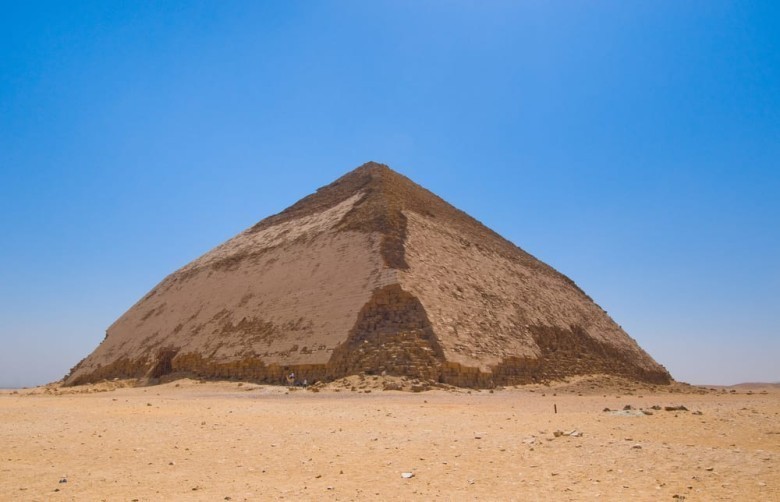
It is one of the oldest pyramids, built during the reign of Pharaoh Sneferu. What these structures conceal and how they might reveal to us how pyramids were probably really built, can be found here.
New technology brings new insights
Research in Egypt is not a new topic. In fact, pyramids have been studied since the 19th century. Again and again, new discoveries make headlines around the world.
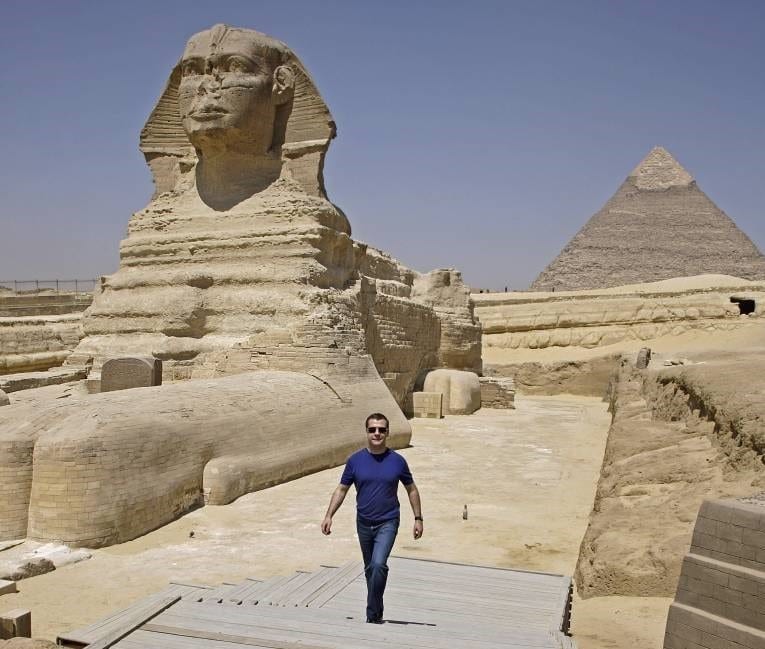
But even today, archaeologists are making decisive breakthroughs and discovering fascinating objects in the ancient walls. It turns out that we can still learn a lot about the pyramids.
Discoveries
The discoveries that we are going to examine today have all been found in pyramids. Again and again, after previous researchers were convinced that they had already discovered everything.
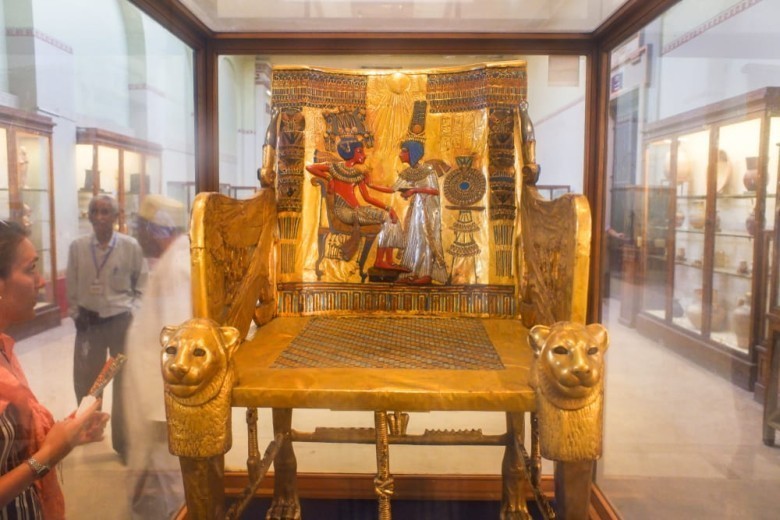
The finds show us that these structures will continue to occupy us for a long time. What is behind the pyramids and how were they really built? Today, find out which objects researchers have recovered and what they could mean.
Unveiling secrets
Using infrared thermography and detectors for cosmic radiation, researchers created maps that reveal internal structures which have been hiding many secrets.
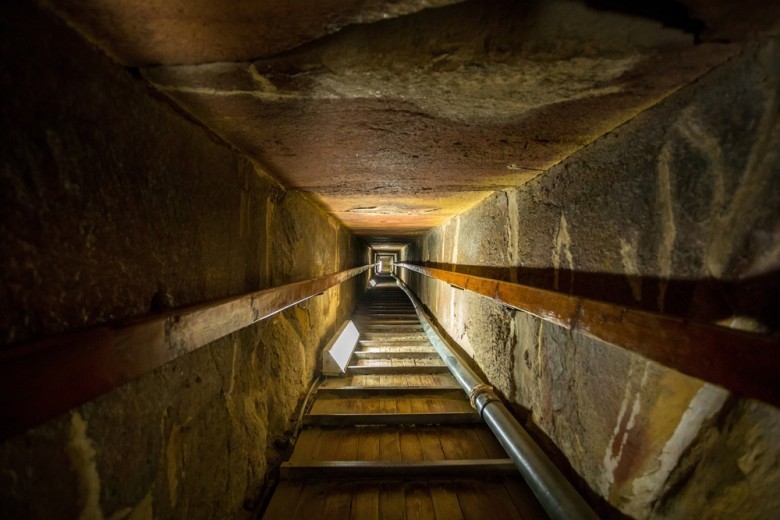
3D images show the chambers of the 4,600-year-old structure. According to unanimous evaluations, the images clearly show that the bent pyramid has another secret chamber.
Mehdi Tayoubi
Mehdi Tayoubi, one of the project leaders, says that there are plates placed inside the pyramid that collect data on radiological particles known as muons.

Muons fall from the Earth's atmosphere and can be absorbed by empty spaces. Scientists are confident that they can learn more about the construction of the bent pyramid, which has two entrances and two corridors leading to two overlapping burial chambers.
The Great Pyramid of Cheops
For the first time, the internal structure of the pyramid has been discovered using muon particles. The resulting images clearly show the second chamber of the pyramid, which is about 60 feet (approximately 18 meters) above the lower chamber where the emulsion plates are placed," says Tayabi.

Scientists have not yet found a concrete answer to how the pyramids were built and have not found explanations for the structures. Similar attempts were made by researchers three decades ago.
No breakthrough yet
So far, a major breakthrough has not been achieved. However, the researchers are very confident in this project. He adds that they plan to make preparations for similar research in Khufu, the largest of the three pyramids in Giza.
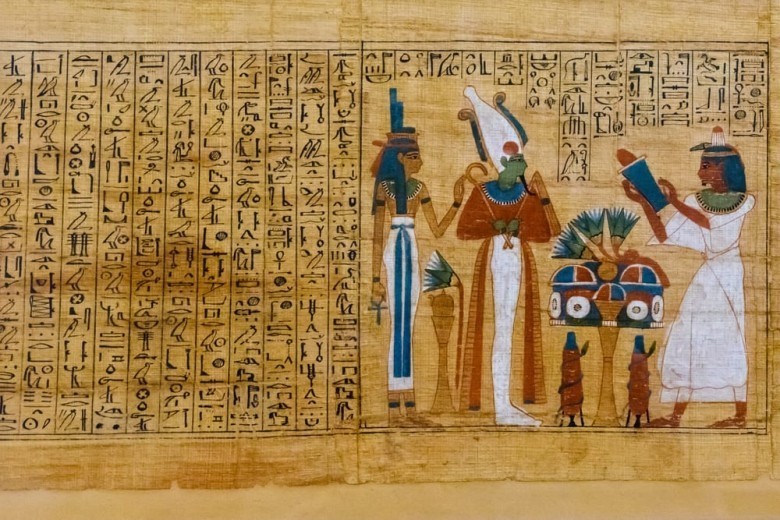
The mummy of Nefertiti has not yet been discovered. But that could soon change. According to the famous British archaeologist Nicholas Reeves, the tomb of Nefertiti could be located in an undiscovered chamber in Tutankhamun's tomb in the Valley of the Kings in Luxor.
The puzzle of Tutankhamun's tomb solved?
Dr. Reeves speculates that the legendary pharaoh Tutankhamun, who died at the age of 19, was buried in the outer chamber of Queen Nefertiti's original tomb.
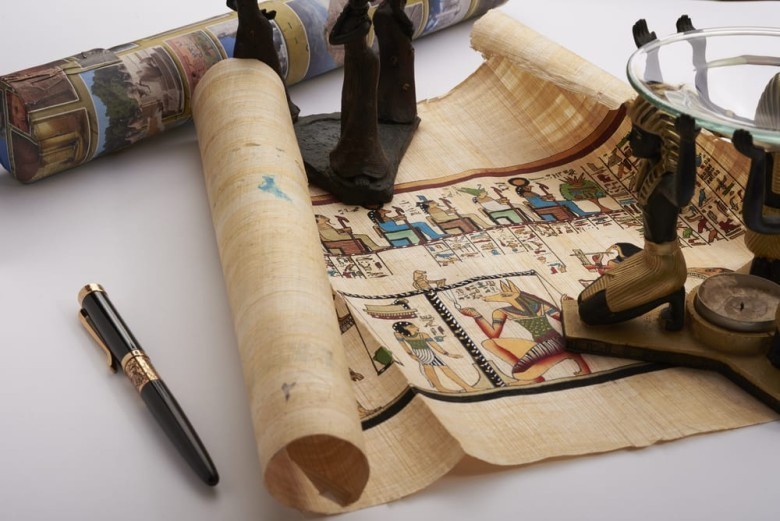
The researcher believes that the tomb itself was designed to hide the mummy of a queen. Tombs for kings were built differently, says Dr. Reeves. So the walls could conceal both mummies. However, this has not been proven yet.
Did the workers live in the hollow spaces?
It is now widely accepted that construction work on individual pyramids lasted for decades or even centuries. Of course, building the pyramids required a lot of effort.
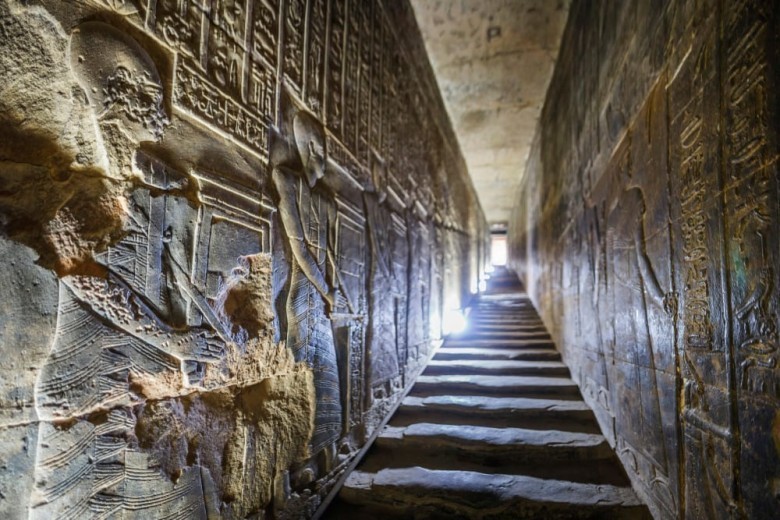
It is also assumed that the many ancient Egyptians who worked on this amazing project - from architects to workers - needed a place to live during the construction work.
First evidence
Researchers have apparently found such a place near the pyramid of Menkaure. Investigations have shown that the workers may have lived in the hollow spaces of the pyramids while they were building the tombs.

Menkaure reigned around 2530 BCE and claimed the last of the tombs built in Giza for himself. What the researchers will find here in the coming years remains to be seen.
Transporting the building materials
Archaeologists are convinced that they have finally found the answer to how the pyramids were built. Fascinating evidence has been found that only allows one conclusion.

The Egyptians had to transport 2.5-ton limestone and granite blocks over distances of up to 800 kilometers around 2600 BCE. This was the only way they could build the Great Pyramid of Giza, the only one of the Seven Wonders of the Ancient World.
Thousands of Skilled Workers
Archaeological evidence examined in detail by Mehdi Tayoubi and his colleagues reveals that thousands of skilled workers transported 170,000 tons of limestone along the Nile in wooden boats.
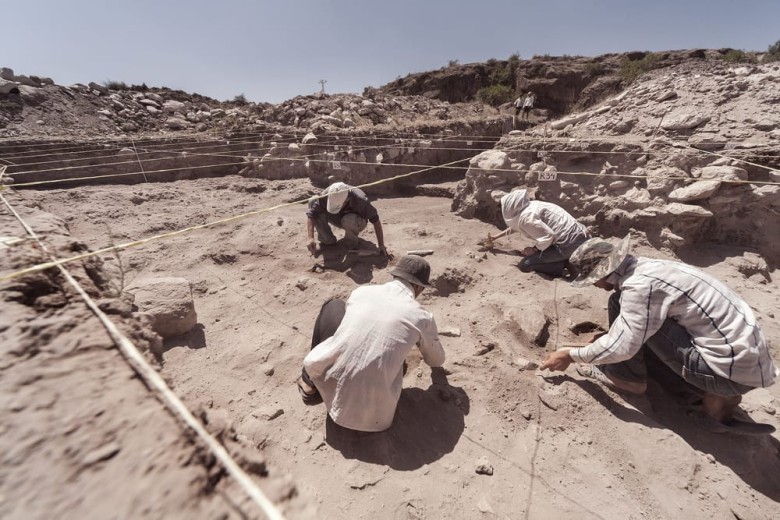
This was made possible by a specially constructed canal system that led to the land port, enabling the workers to smoothly move the heavy load. From the base of the pyramid, just a few meters away, they then lifted the blocks upwards.
Answers on Papyrus
The ancient papyrus was written by Merer, a supervisor responsible for a team of 40 elite workers. It is the only first-hand account of the construction of the Great Pyramid.
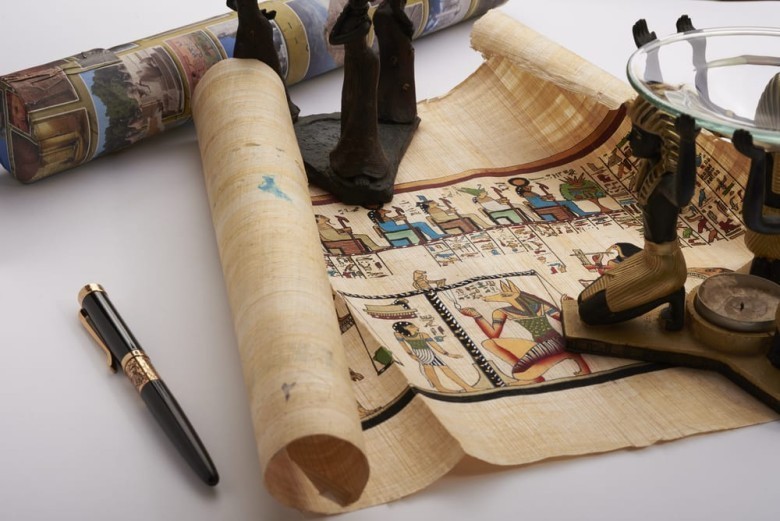
The records describe in detail how the limestone was transported downstream from Tura to Giza. Archaeologists are in awe of the planners from that time due to these new pieces of information.
Filling the Gaps
It has long been known that the granite from the inner chamber of the pyramid came from Aswan, 850 kilometers south of Giza, and the limestone came from Tura, 13 kilometers away.
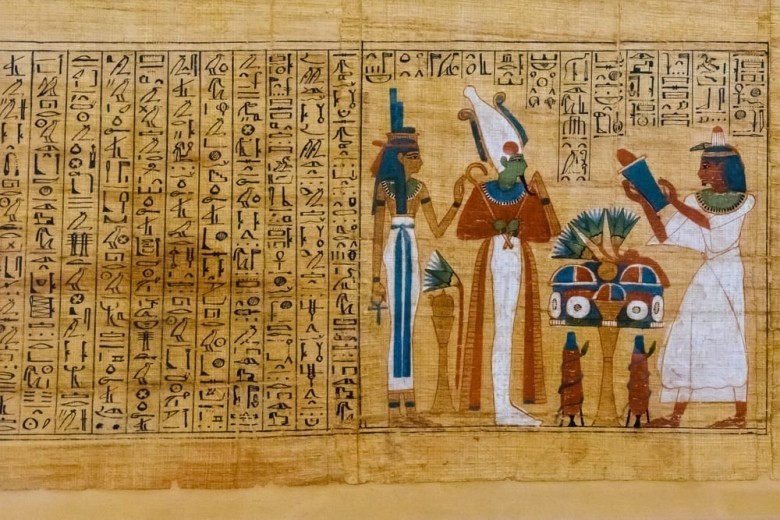
However, archaeologists have been unable to agree on details of the transportation of these materials for decades. Now, an answer to this major question may have been discovered. Researchers believe that the solution lies in the water.
How Was the Great Pyramid Built?
It is estimated that 100,000 people worked on the construction of the Great Pyramid of Cheops for 20 years. Each stone was at least two meters high, some up to five meters long. Unbelievable dimensions for manual labor.
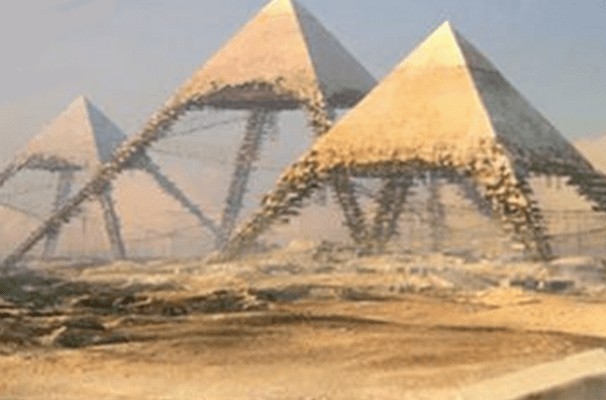
The limestone and granite blocks used to build this pyramid were extracted from the quarry on the left bank of the Nile and dragged down the river by boat.
Only in Spring
All of this could only be done in the spring when the Nile flooded. It took 20 years and approximately 500,000 trips to procure the required amount of stone.
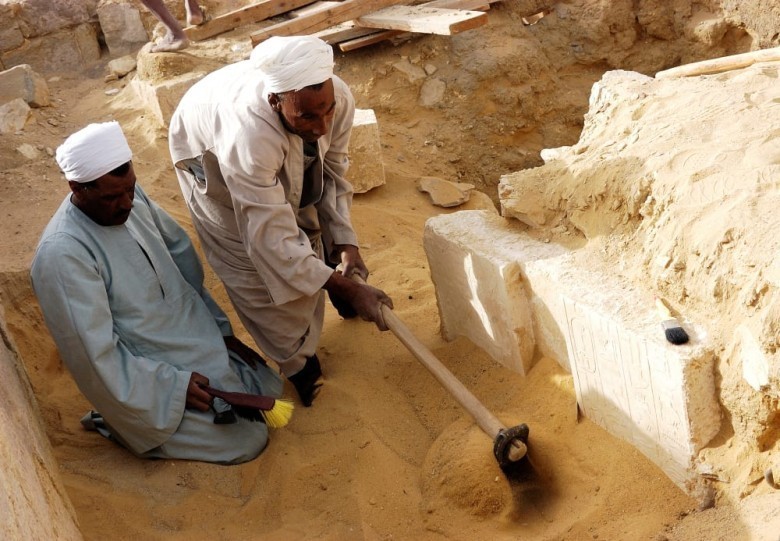
While the stone blocks were being transported, a group of people dragged the 2-ton blocks along the banks using a sled. Then they arranged these blocks.
The End Result
When the pyramid was finally completed, it was 145.75 meters high. Over the millennia, it has shrunk by about ten meters. The surface of the pyramid was covered in very smooth, almost imperceptible limestone.

Each side of the pyramid is aligned to a cardinal direction - east, west, north, and south. The pyramid consists of approximately 2,300,000 stone blocks. There is an entrance on the north side.
The Interior of the Pyramid
The interior of the pyramid consists of three chambers connected by numerous corridors. At the heart of the pyramid is the King's Chamber, which houses a red granite sarcophagus.
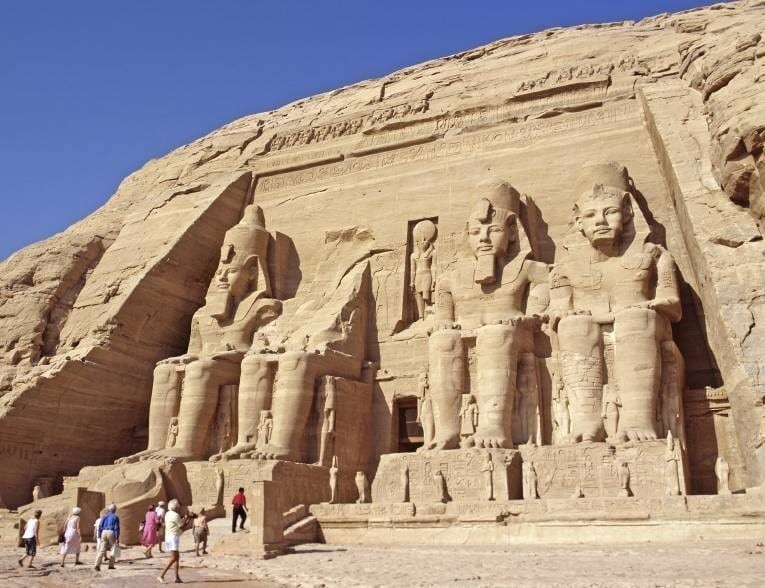
Only the strength of a mountain rock could withstand the weight of the pyramid. This was the case here because the pyramid itself is built on a granite bedrock, which is very close to the surface directly beneath the pyramid.
The Location Also Speaks Volumes
The pyramid was built facing north. It is located exactly at the center of the Earth's landmass. Its east-west axis coincides with the longest parallel in the whole country, which also runs through Africa, Asia, America, and Europe simultaneously.
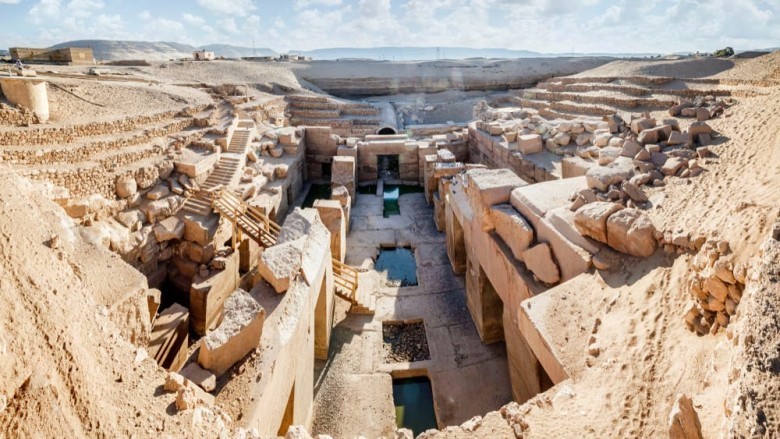
The pyramid was lined with stone, allowing even the moon to be visible. The pinnacle was constructed in such a way that the pyramid could literally be seen from the mountains of Israel, thousands of miles away.
How Much Would a Pyramid Cost Today?
A team of Japanese builders solidly fulfilled their task in Egypt and made an "estimate" for the price of a pyramid built today using modern machines.

They concluded that the Cheops Pyramid could be built in about five years using state-of-the-art construction techniques and that its construction would cost about 30 times less than in the Cheops era.
Progress
During the time of Cheops, ancient Egypt spent approximately 20 billion in today's euros, according to rough estimates. This is roughly the same amount spent on the American moon landing program!

When encountering this comparison, we should ask ourselves which is more valuable - the Cheops Pyramid or the moon landing. The answer seems quite clear. This leaves only one question remaining.
Why Do the Pyramids Exist?
The pyramids of Giza were built during the so-called Golden Age, which occurred during the rule of the 4th dynasty of the Old Kingdom, primarily serving as tombs for the pharaohs.
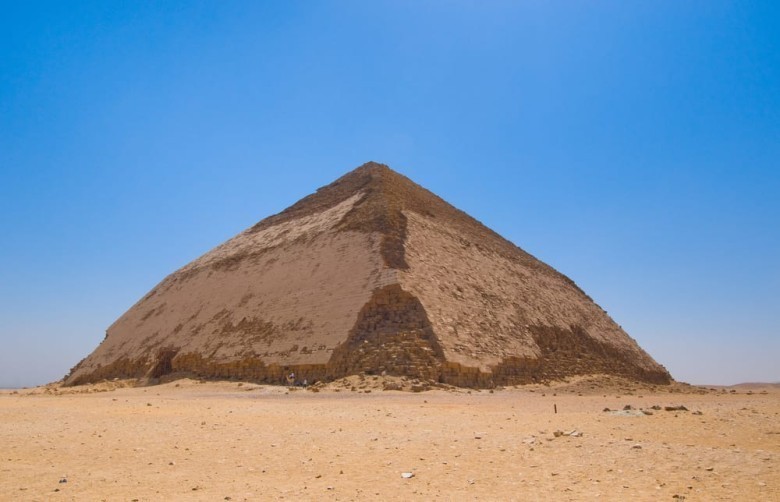
The tombs marked the beginning of the journey to the afterlife. For this reason, the tombs were equipped with various objects in the form of funerary goods, containing everything that the pharaohs might need in the other world.

















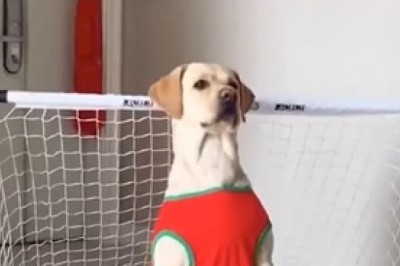


Comments
0 comment